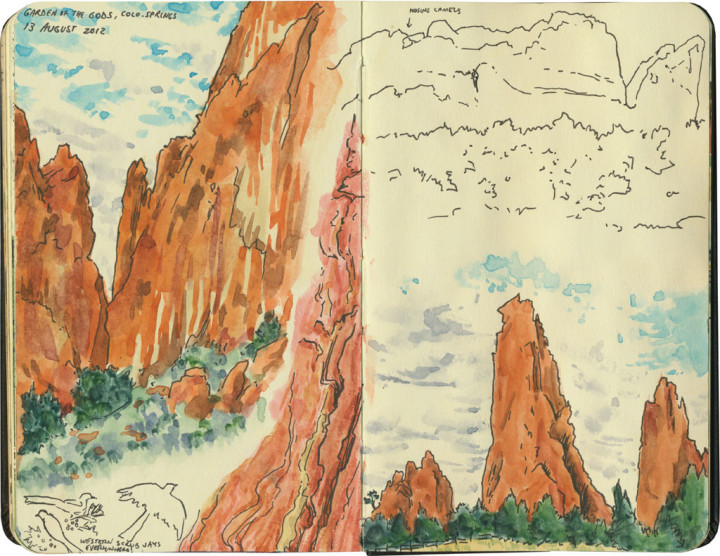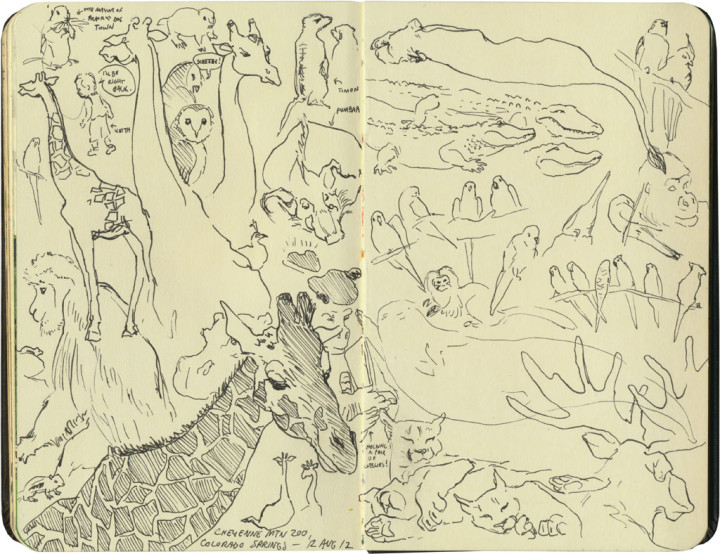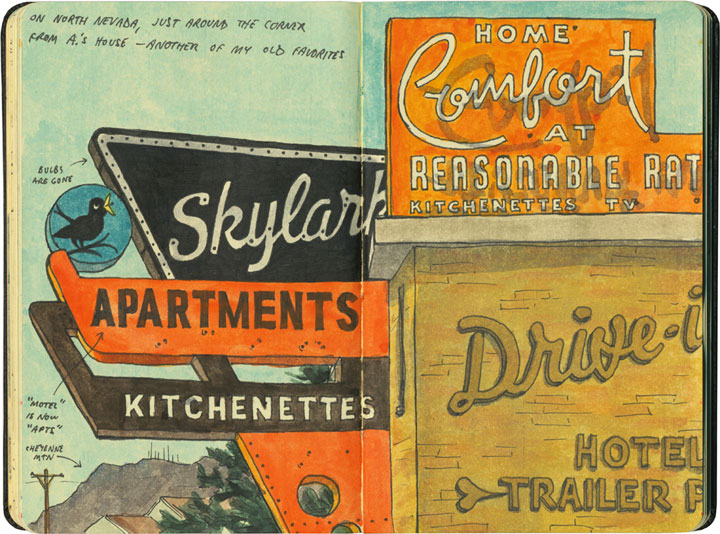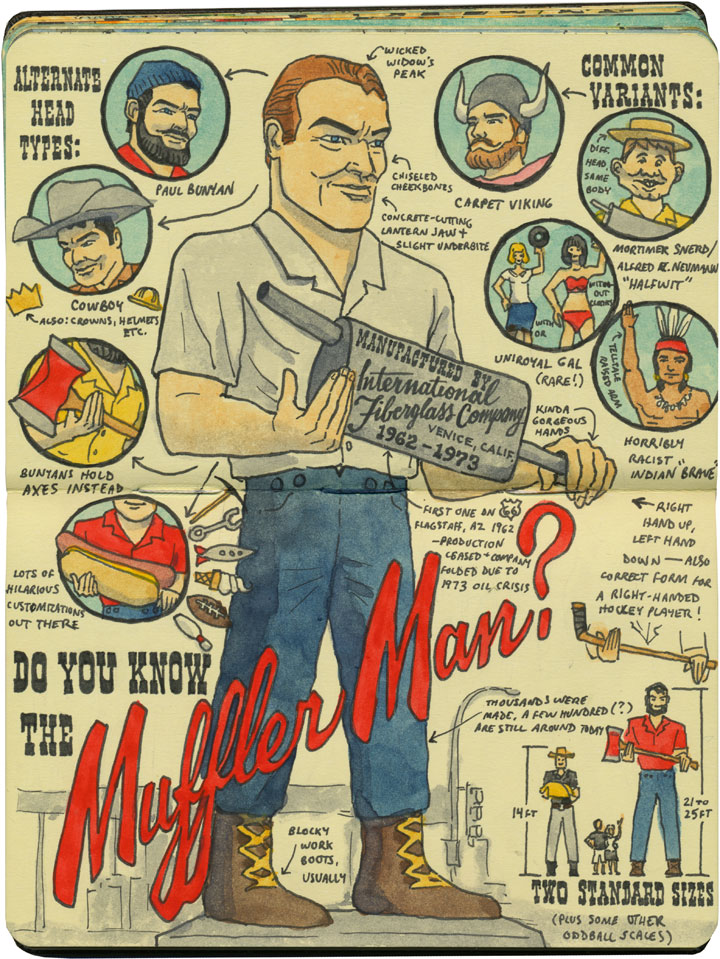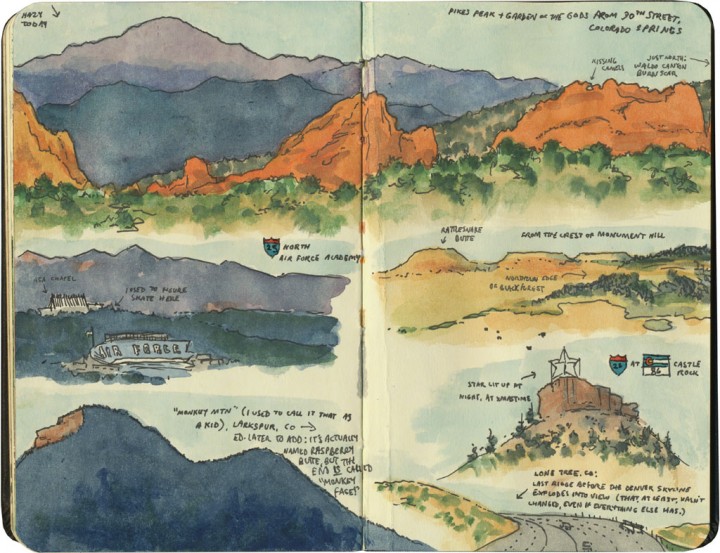Well, if I’m going to spend all this time talking about roadside attractions, I would be remiss if I didn’t include the legendary Muffler Men—guardians of gas stations, presidents of photo ops. If you’ve ever taken a road trip, you’ve probably seen at least one of these guys along the way.
These behemoths started appearing in the early 1960s (the very first one was on Route 66), to promote the brand new International Fiberglass Company in California. For whatever reason, they usually ended up in front of gas stations, holding giant mufflers—hence the nickname.

By 1970 there were thousands of them around the country, but the 1973 oil crisis forced the decline and eventual demise of International Fiberglass. These days the muffler men are an endangered species, down to just a few hundred stalwart lads (and a handful of lasses, too!).

For me, finding them has turned into something of a quest—and not just because I’m a completist (though, of course I am). You see, the most fun thing about these guys is that they’re not identical—there are many, many variations on the original design (and a few knock-offs, to boot).

Probably the most common variation is the Paul Bunyan—they’re certainly the most recognizable, even when their axes get stolen.

And when they’re spiffed up to their original glory, they’re unmistakeable. (This one is a mobile muffler man! When he surprised me at the local Daffodil Parade a few years ago, it felt like Christmas had come early.)

Though I’ll never pass up any iteration of Paul Bunyan, I’m most excited about the rare, extreme variants, the roadside sideshow—the Uniroyal Gals, the Happy Halfwits, the Carpet Vikings.

And best of all are the mutant modifications that have happened to some of these guys (you should have heard me squeal when I found this one!). Some have been altered so much as to be rendered almost unrecognizable. But you can’t fool me—once a muffler man, always a muffler man.
So tell me: have you found any muffler men in your travels? Do you have one in your neighborhood? I’m always on the look-out for a good one, so if you have any recommendations, I’m all (rabbit) ears.
Save
Save
Save

